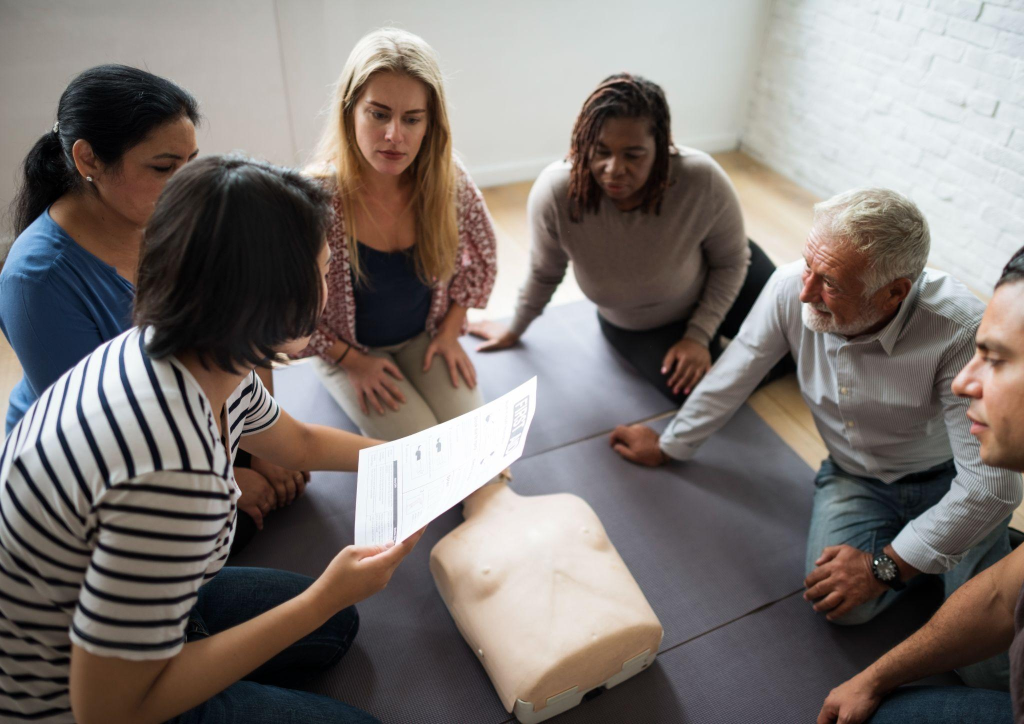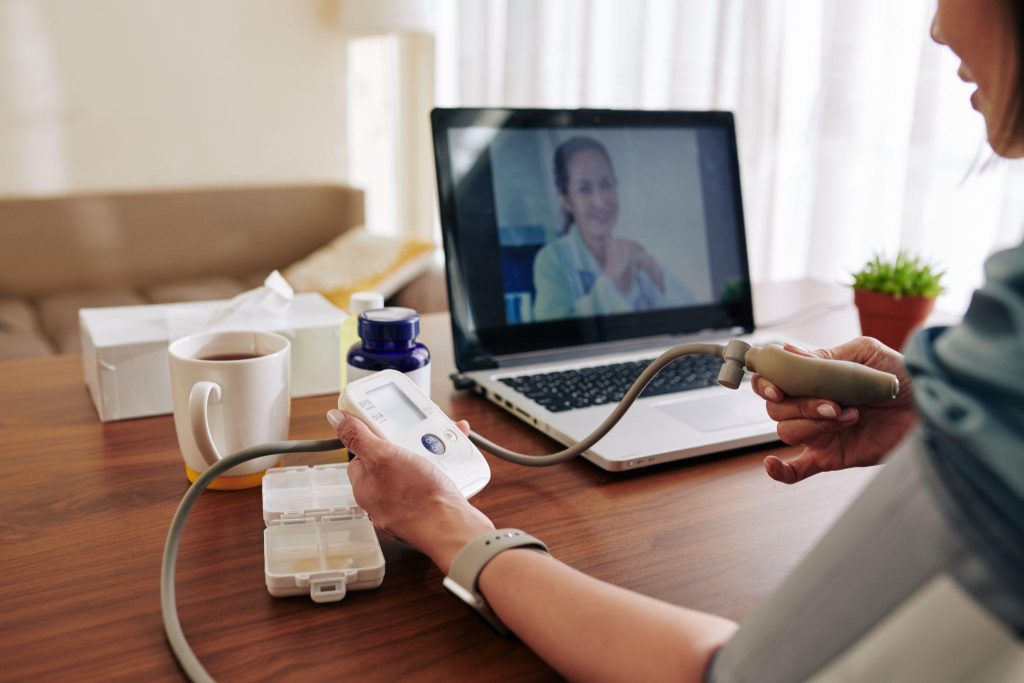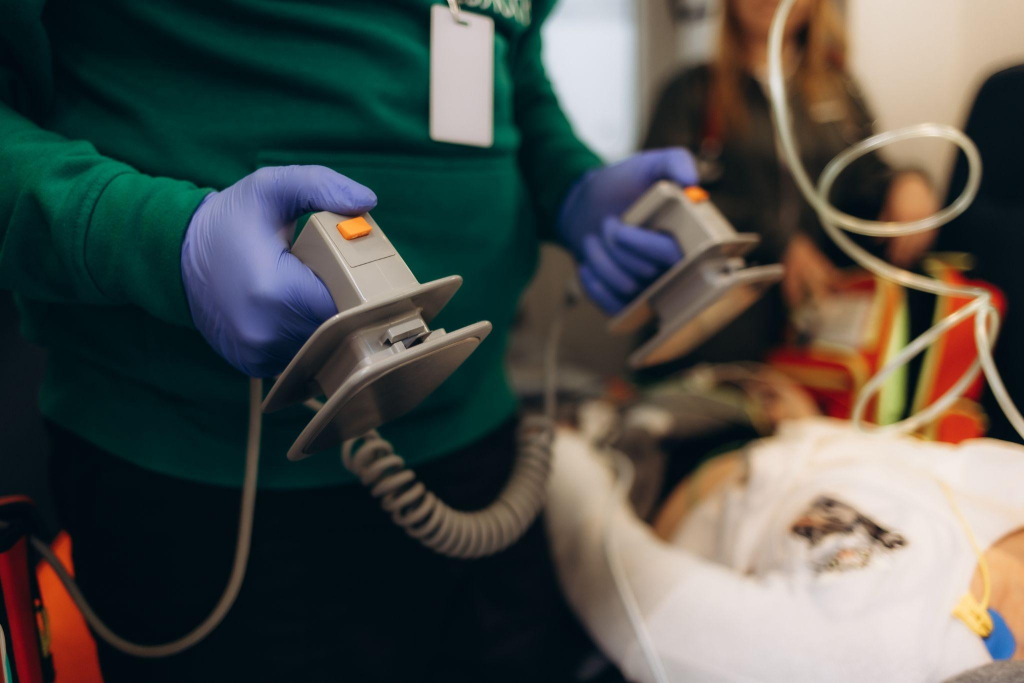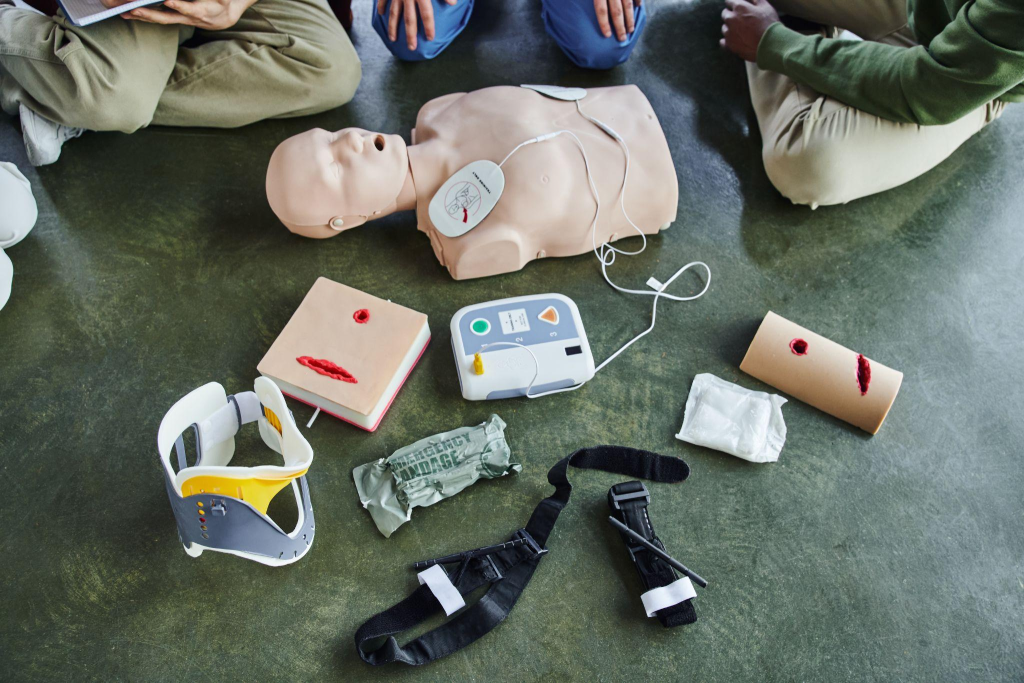The Importance of BLS and ACLS Certification for Home Health Organizations
In today’s evolving healthcare landscape, home health organizations play a vital role in delivering personalized, patient-centered care in the comfort of one’s home. As the demand for these services continues to grow, so does the need for qualified professionals who can respond to medical emergencies effectively. Basic Life Support (BLS) and Advanced Cardiovascular Life Support (ACLS) certifications are not only essential for traditional healthcare settings but also provide significant benefits for home health organizations.
Enhancing Patient Safety
One of the primary goals of home health organizations is to ensure the safety and well-being of their patients. Medical emergencies, such as cardiac arrest, respiratory distress, or choking, can happen anywhere, including at home. BLS certification equips caregivers with essential skills, such as performing high-quality CPR and using an automated external defibrillator (AED), which can save lives in critical situations. For patients with complex medical conditions, ACLS certification ensures that providers can manage advanced cardiac emergencies and administer medications effectively.
Building Trust with Patients and Families
Families entrust home health providers with the care of their loved ones, often during vulnerable times. Having BLS and ACLS-certified staff reassures patients and families that the caregivers are prepared to handle emergencies competently. This level of preparedness fosters trust and strengthens the organization’s reputation for delivering high-quality care.
Compliance with Industry Standards
Many accrediting bodies and state regulations mandate specific training requirements for home health providers. BLS and ACLS certifications demonstrate compliance with these standards, ensuring the organization meets or exceeds regulatory expectations. By maintaining a well-trained workforce, home health organizations are better positioned to pass audits and retain certifications, which are crucial for operational success.
Improving Outcomes in Emergency Situations
In a home health setting, emergency response time can be longer than in hospitals due to transportation delays or geographic barriers. Having staff who are BLS and ACLS-certified bridges this gap by providing immediate, evidence-based care until emergency medical services arrive. This prompt intervention can significantly improve survival rates and reduce the risk of long-term complications for patients.
Boosting Employee Confidence and Retention
Healthcare providers often feel more confident and empowered in their roles when they have the necessary training to handle emergencies. BLS and ACLS certifications provide caregivers with the knowledge and skills needed to respond effectively, leading to greater job satisfaction. Moreover, organizations that invest in employee training often see improved retention rates, as staff appreciate the commitment to their professional development.
Enhancing Organizational Reputation
Certifications like BLS and ACLS set a home health organization apart from competitors. Patients and referral sources, such as hospitals and physicians, are more likely to choose an organization known for its highly trained staff. Marketing the availability of certified caregivers can be a valuable strategy for attracting new clients and strengthening referral partnerships.
Conclusion
BLS and ACLS certifications are more than just qualifications; they are a commitment to providing safe, high-quality care. For home health organizations, investing in these certifications is a win-win situation. It not only equips caregivers with life-saving skills but also enhances patient safety, builds trust, ensures regulatory compliance, and boosts organizational reputation. In an industry where outcomes and trust are paramount, having BLS and ACLS-certified staff is a cornerstone of success.
By prioritizing training and certification, home health organizations can continue to grow and thrive while meeting the evolving needs of their patients.













